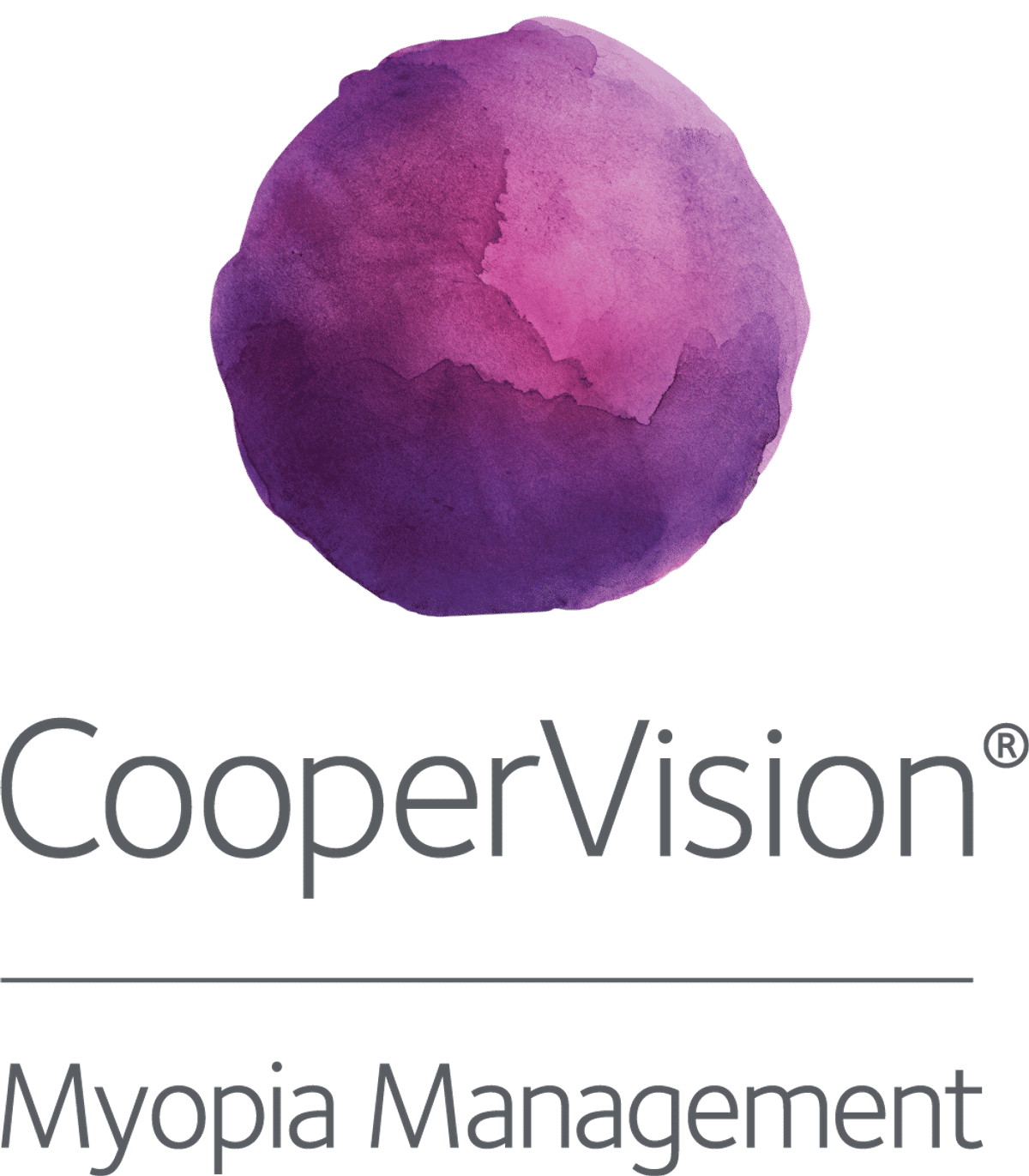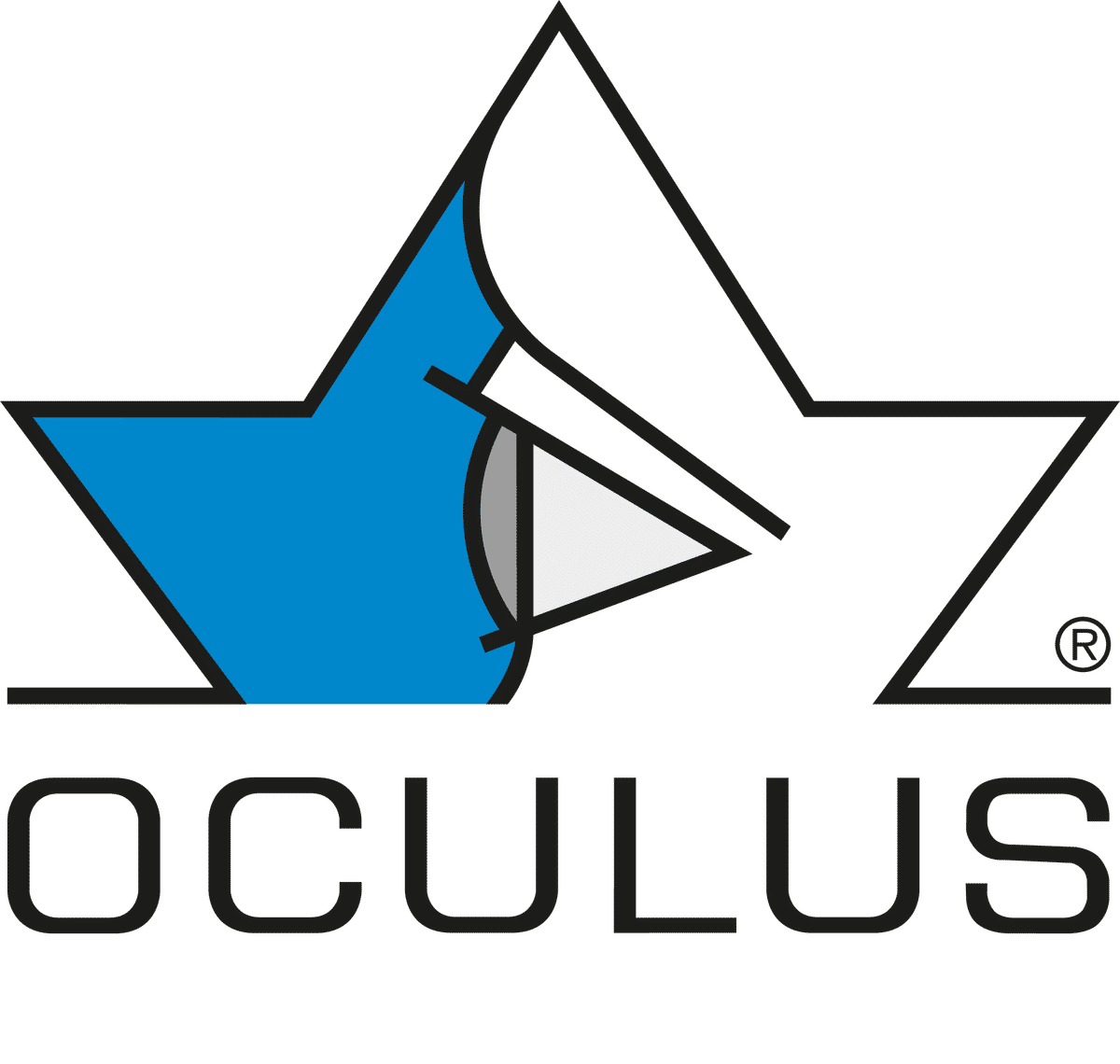Clinical
The challenges of diagnosing glaucoma in myopes

In this article:
Diagnosing glaucoma in the setting of significant myopia poses great challenges, as myopic and glaucomatous changes can be difficult to separate. Learn why in this article.
Myopia as a risk factor for glaucoma
Primary open-angle glaucoma (POAG) is characterised by loss of retinal nerve fiber layer tissue, the neuroretinal rim and retinal ganglion cells, and development of visual field defects, usually secondary to elevated intraocular pressure (IOP).
A consistent finding amongst population-based studies is that myopia is associated with an increased risk of developing open-angle glaucoma at a dose-dependent response.
- In the Blue Mountains Eye Study, myopia was associated with glaucoma after adjusting for known glaucoma risk factors.1 The odds ratio (OR) for low myopia was 2.3 and a stronger relationship was seen for moderate-high myopia (OR 3.3).
- The Beijing Eye Study reported a stronger relationship of glaucomatous damage in high myopes of at least -6D (OR 2.28) compared to low and moderate myopes.2
- A retrospective study in Tokyo found axial length >26.5mm associated with an increase in prevalence of glaucoma (28.1% in a medium to highly myopic study population).3
- A recent meta-analysis of myopia as a risk factor for glaucoma concluded that for low myopia (myopia up to -3D) the odds ratio was 1.65 and for higher levels of myopia (in excess of -3D) the odds ratio was higher still at 2.46.4
The risk of glaucoma is approximately double in higher degrees of myopia. Learn how having more dioptres of myopia is like having a higher IOP.
Why myopic eyes may be more likely to develop glaucoma
Despite strong epidemiological evidence linking POAG with myopia, the pathogenesis of POAG itself is poorly understood.1-4 Myopic eyes have numerous anatomical alterations as a consequence of axial elongation. These include:5
- Tilted optic nerves
- Peripapillary atrophy
- Thinner lamina cribrosa
- Enlarged and shifted Bruch’s membrane opening (BMO)
- Shifted superotemporal and inferotemporal RNFL bundles
- Deeper anterior chamber lengths
The mechanical hypothesis suggests that the disc morphology of myopic eyes is more susceptible to optic nerve head damage by elevated or apparently normalised eye pressure. Findings from a recent genetic study appear to support this idea.
Disc changes: tilted optic disc
Tilted optic disc is a common morphological change of the optic nerve which presents as an ovoid and obliquely rotated optic nerve head, with an elevated disc rim on one side. The direction of tilt is usually inferonasal and it often presents bilaterally.
Axial elongation can promote progressive disc tilt, where scleral remodelling causes Bruch's membrane opening (BMO) shifted temporally and posteriorly.6 Subsequently, the peak locations of retinal nerve fiber layer (RNFL) bundles and distribution of macular ganglion cell layer (GCL) may be shifted.
Disc changes: peripapillary atrophy
An optic nerve crescent (also known as peripapillary atrophy (PPA)) refers to a well-demarcated area usually on the temporal aspect of the optic disc where the inner scleral surface is directly observable.
In myopic eyes, a crescent is usually formed from the lateral displacement of the choroid and RPE due to the elongation of the posterior pole.
PPA can be classified into 3 different types - alpha, beta, and gamma-PPA. These are separated by variable atrophy to the retinal pigment epithelium, choriocapillaris, and Bruch's membrane, respectively.7 Beta-type PPA has been associated with a higher risk of glaucoma progression and is more pronounced in patients with high myopia-related glaucoma.8,9
Tilted discs and peripapillary atrophy are encountered frequently during routine clinical examination. They make optic nerve head analysis challenging particularly when comparing disc parameters to a normative database.
Spotting the difference
There is considerable overlap between 'normal' and glaucomatous eyes. This means that myopic and glaucomatous optic nerve changes can be difficult to separate.
Subjective interpretation is used in assessing optic nerve appearance, identifying structural and functional damage, and determining longitudinal progression.
Below are some handy tips to assist in differentiating between the two in clinical practice.
Compare disc photos over time. Assessing disc photos over time can assist in identifying enlarged cupping, new notching or new RNFL defects, bayoneting of the vessels, increasing PPA, and other features characteristic of glaucoma.5
Check for asymmetry on the OCT-RNFL deviation map to identify localised defects. RNFL distribution bundles are often shifted in myopic eyes, causing OCT algorithms to flag false-positive ('red-disease') or even false-negative ('green-disease') nerve fiber layer thinning.
Consider repeat visual field testing, potentially with a different means of optical correction (e.g. contact lenses). Tilted discs with PPA can increase the likelihood of apparent visual field defects or show improvement with small changes in myopic correction.10 Repeating the test under the same conditions or with a different optical correction may confirm whether the defect is genuine.11
Follow-up is needed to confirm progression in myopic eyes. As with any progressive condition, it is often not possible to distinguish glaucomatous from non-glaucomatous disease from a single examination.
Meet the Authors:
About Brian Peng
Brian is a clinical optometrist based in Sydney, Australia. He graduated from the University of New South Wales and was awarded the Research Project Prize for his work on myopia. He has a keen interest in myopia-related research, industry, and education.
Read Brian's work on our My Kids Vision website, our public awareness platform. Brian also works on development of various new resources across MyopiaProfile.com.
References
- Mitchell P, Hourihan F, Sandbach J, Wang JJ. The relationship between glaucoma and myopia: the Blue Mountains Eye Study. Ophthalmology. 1999 Oct;106(10):2010-5.
- Xu L, Wang Y, Wang S, Wang Y, Jonas JB. High myopia and glaucoma susceptibility the Beijing Eye Study. Ophthalmology. 2007;114:216–220.
- Jonas JB, Weber P, Nagaoka N, Ohno-Matsui K. Glaucoma in high myopia and parapapillary delta zone. PLoS One. 2017;12:e0175120.
- Marcus MW, de Vries MM, Junoy Montolio FG, Jansonius NM. Myopia as a risk factor for open-angle glaucoma: a systematic review and meta-analysis. Ophthalmology. 2011 Oct;118(10):1989-1994.e2.
- Chang RT, Singh K. Myopia and glaucoma: diagnostic and therapeutic challenges. Curr Opin Ophthalmol. 2013 Mar;24(2):96-101.
- Chan PP, Zhang Y, Pang CP. Myopic tilted disc: Mechanism, clinical significance, and public health implication. Front Med (Lausanne). 2023 Feb 9;10:1094937.
- Vianna JR, Malik R, Danthurebandara VM, Sharpe GP, Belliveau AC, Shuba LM, Chauhan BC, Nicolela MT. Beta and Gamma Peripapillary Atrophy in Myopic Eyes With and Without Glaucoma. Invest Ophthalmol Vis Sci. 2016 Jun 1;57(7):3103-11.
- Teng CC, De Moraes CG, Prata TS, Tello C, Ritch R, Liebmann JM. Beta-Zone parapapillary atrophy and the velocity of glaucoma progression. Ophthalmology. 2010 May;117(5):909-15.
- Jonas JB, Dichtl A. Optic disc morphology in myopic primary open-angle glaucoma. Graefes Arch Clin Exp Ophthalmol. 1997 Oct;235(10):627-33.
- Vuori ML, Mäntyjärvi M. Tilted disc syndrome may mimic false visual field deterioration. Acta Ophthalmol. 2008 Sep;86(6):622-5.
- Aung T, Foster PJ, Seah SK, Chan SP, Lim WK, Wu HM, Lim AT, Lee LL, Chew SJ. Automated static perimetry: the influence of myopia and its method of correction. Ophthalmology. 2001 Feb;108(2):290-5.
Enormous thanks to our visionary sponsors
Myopia Profile’s growth into a world leading platform has been made possible through the support of our visionary sponsors, who share our mission to improve children’s vision care worldwide. Click on their logos to learn about how these companies are innovating and developing resources with us to support you in managing your patients with myopia.












